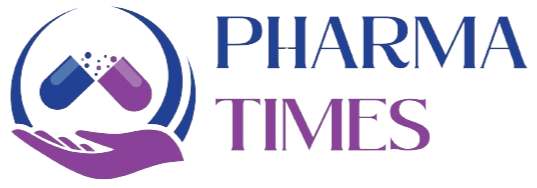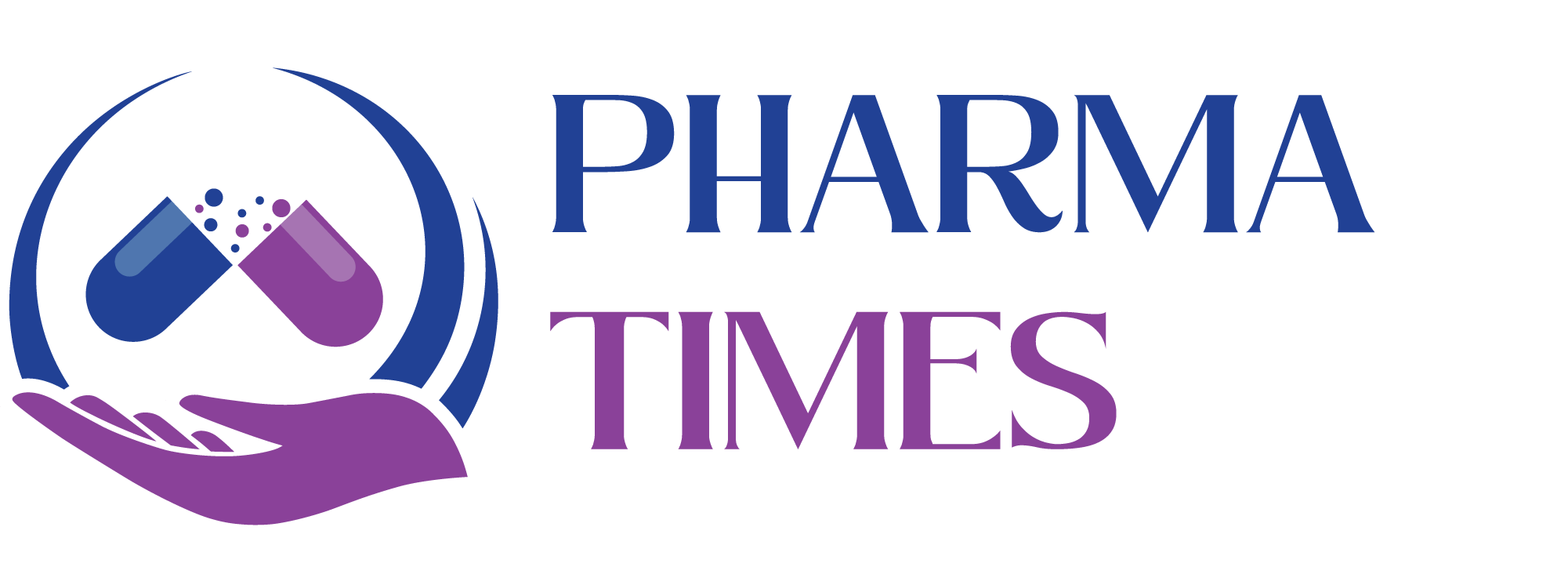Checklist for Audit in Warehouse

Warehouse Audit Checklist
1. General Warehouse Practices
-
SOPs available and followed for receipt, storage, dispensing, and distribution.
-
Warehouse access restricted to authorized personnel.
-
Cleanliness and housekeeping maintained as per GMP.
-
Pest control records available and up to date.
-
Segregation of materials: RM, PM, FG, rejected, returned, recalled.
2. Receipt & Quarantine
-
Materials received with approved supplier documents (COA, invoice, delivery challan).
-
Proper labeling: “Quarantine,” “Under Test,” “Approved,” “Rejected.”
-
Physical checks for damages, contamination, or tampering.
-
Weighing balances calibrated and records maintained.
-
Entry recorded in GRN (Goods Receipt Note) or ERP system.
3. Storage Conditions
-
Temperature and humidity monitoring records maintained.
-
Calibration of temperature/humidity monitoring devices.
-
Separate storage for controlled substances, hazardous chemicals, and flammable items.
-
FIFO/FEFO system implemented.
-
Materials stored on pallets/racks (not directly on floor or against walls).
4. Sampling
-
Sampling done in designated controlled environment.
-
Use of cleaned, calibrated, and dedicated sampling tools.
-
Proper gowning followed during sampling.
-
Sampling records and labels properly maintained.
5. Dispensing
-
Dispensing area controlled with HEPA/cleanroom standards (if required).
-
Cross-contamination prevention measures in place.
-
Line clearance before dispensing.
-
Weighing balance calibration checked before use.
-
Issuance recorded in logbooks/ERP.
6. Documentation & Records
-
Stock registers/logbooks/ERP updated and reconciled.
-
Material status labels (Approved/Rejected/Quarantine) in place.
-
Expiry and retest dates monitored.
-
Records of material destruction/disposal maintained.
-
Traceability ensured for all inward and outward materials.
7. Dispatch of Finished Goods
-
Proper packaging and labeling as per product requirements.
-
Distribution records with batch numbers, quantities, customer details.
-
Vehicles checked for cleanliness and suitability.
-
Dispatch only against QA release.
-
Temperature-controlled transport records for sensitive products.
8. Safety & Compliance
-
Fire safety equipment available and maintained.
-
MSDS (Material Safety Data Sheets) available for hazardous chemicals.
-
Emergency exits clear and accessible.
-
Periodic safety drills conducted.
-
Compliance with GMP, GDP, and regulatory guidelines.
🎓 Discover one of the best Complete Pharmaceutical Quality Assurance Course available —click below to explore the course that’s shaping future in QA Course skills.

